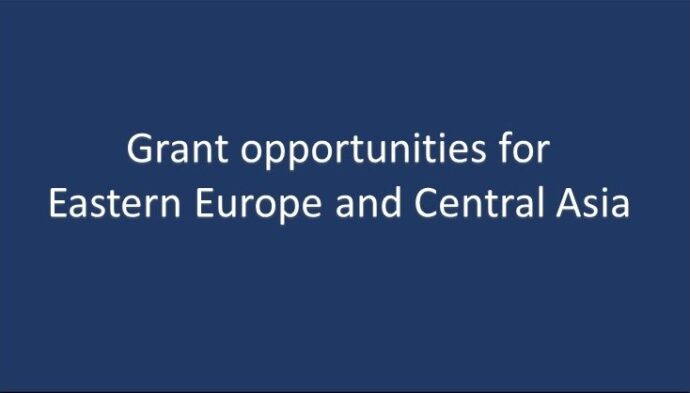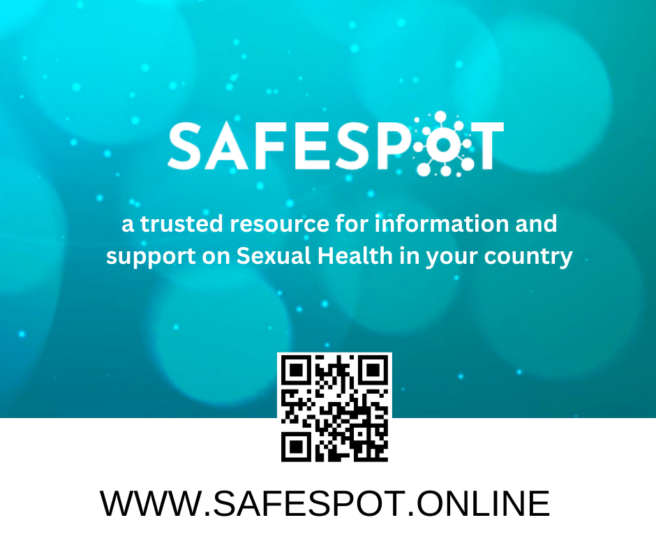The registration for the 22nd International AIDS Conference (AIDS 2018) will symbolically start on December 1 – the World AIDS Day. The conference will gather scientists, political leaders, and people living with HIV from all around the world. One of the key objectives of AIDS 2018 is to spotlight the state of the epidemic and the HIV response in Eastern Europe and Central Asia with a focus on investments, structural determinants and services.
You can already start preparing for the registration for the Conference. Below you can find some important tips:
- You will be asked to create your personal account – a webpage at the conference website – where you will need to put your key personal information (name, date of birth, education, etc.) Through this account you will submit your thesis or register for the Conference.
- Registration can be individual or group (only applicable to the registration of five people or more.) The company or organization requesting a group registration must nominate one group representative who will administer the group communication with the Conference committee.
- Usually, when applying for a scholarship, one should submit a cover letter with clear reasoning of why this scholarship is needed. Your personal details and passport data will be requested.
Scientific tracks
AIDS 2018 Conference will welcome submission of abstracts for original contribution to the field in the following scientific tracks:
Track A: Basic and Translational Research.
Track B: Clinical Research.
Track C: Epidemiology and Prevention Research.
Track D: Social and Political Research, Law, Policy and Human Rights.
Track E: Implementation Research, Economics, Systems and Synergies with other Health and Development Sectors.
Tips for writing a strong abstract
Even though there are no abstract guidelines yet available, you may consider developing a draft anyhow.
Language and grammar
The official language of the conference is English. Thus, all abstracts should be developed and presented only in the English language. The abstracts that are written well have higher chances to be selected by the Conference committee, regardless of their content. Grammar mistakes and typos will distract the reviewers from the actual study content. The reviewers might also wonder if the author is able to communicate study findings in the English language at all. For a non-native speaker, it might be quite difficult to spot all the mistakes or weird phrases. That is why we highly recommend asking for some assistance, for example from your English-speaking colleagues or friends. We also suggest to use the examples of previous conference abstracts and peer reviewed scientific papers. Studying them will help you to understand how to be succinct and informative at the same time. Besides, you might be able to see some useful linguistic construction and techniques.
Brevity is the soul of wit
The abstract should be short, yet informative. That is why you would need to have sufficient time to “pack” all the information into 300 words. If you plan to write an abstract in the last moment, you would not have time to think it through, and thus, most probably you would start “cutting.” As a result, you can end up with the text full of abbreviations, with one line of introduction and super reduced methods section, which will look like a broken puzzle. Good abstract should be well-balanced, and all its sections should be connected and should smoothly tell the story to your reader. The reviewers would not appreciate any quizzes in your abstract, they would not guess what you mean or what you intend to say. Therefore, the text should be easy to follow, it should be reader-friendly and logically built. In other case, the reviewers might decide that the information provided in the abstract is not enough and simply reject your abstract.
Results will come later
The common problem of many people is to write the abstract without having data or analysis done. It is better not to write an abstract at all, if there are no results available. You also might consider using some previous data. Just try to have some new research questions in your abstract, or try to use a new analytical approach.
Prioritizing the key message
The abstract should be written in such a way, that a key message can be easily grasped. This key idea should be stated in the introduction as the study goal. It should also be presented in the methods, proved by the results, and finally, it should “crystalize” in the conclusion. Think it over for this type of task requires slow thinking and digesting.
Abbreviations and professional terms
Even though the reviewers should be familiar with commonly used abbreviations and professional terms, it is seen as a bad manner to use these concepts without full spelling or clear description. Therefore, when using abbreviation and professional terms, try to follow the norms of scientific writing. Firstly, all abbreviation should be spelled out, when used for the first time in the text. Secondly, the professional language should be avoided or used upon clear definition. Besides, no discriminating or stigmatizing language is acceptable.
Conclusion
If in the Post-Soviet countries, the phrases like “we recommend conducting an additional study” or “more research is needed” are well-accepted, in the Western world such phrases can be perceived as a bad tone, since there is no such field of science where no additional research is needed. Yet, using the precious words for providing these kind of statements is a waste, especially when talking about the conference abstracts. In the conclusion of the abstract, the reviewer is waiting for your final word, the answer to your research question, not for an empty phrase. Another typical mistake is to make ambitious loud claims which are not supported by the results, for instance, that the sample size was not representative, but the conclusions are made based on the whole country population. The best advice is to support the conclusions by data, not by the ambitions of the author. One should also remember that conclusion is like saying goodbye to your readers. Therefore, you should think about leaving them with the feeling of the firm handshake and with a polite smile on your face. This is what you reader will remember.





